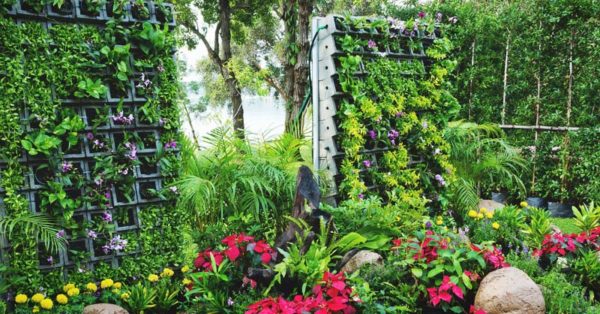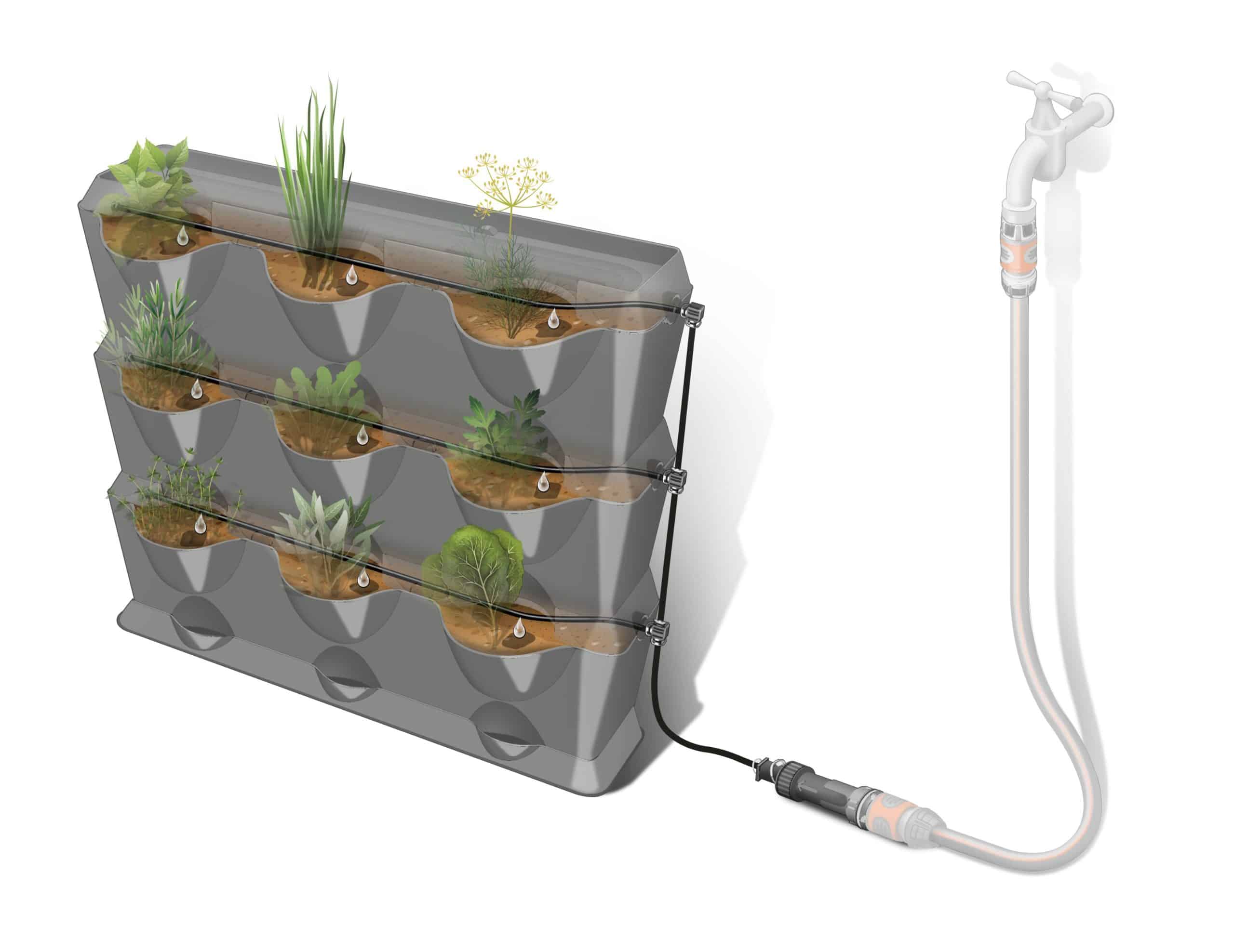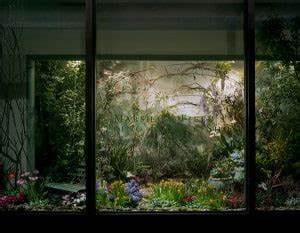
Vertical Garden Irrigation Systems: Enhancing Efficiency and Aesthetic Appeal
Introduction
Vertical garden irrigation systems have gained popularity in recent years for maximizing space and creating visually pleasing greenery in urban environments. This article explores the definition and importance of vertical garden irrigation systems, their historical background, and key concepts. It delves into their benefits, types, and design considerations, and analyzes case studies and current trends. Additionally, it addresses challenges and controversies surrounding these systems and provides insights into their future outlook.
Historical Background
The concept of vertical gardening can be traced back to ancient civilizations, including the Babylonians and Romans, who utilized hanging gardens to beautify their cities. However, it was not until the 20th century that vertical gardens gained significant attention. The development of irrigation systems played a crucial role in the evolution of vertical gardening, as technology advancements introduced new methods to support plant growth and maintenance in vertical structures.
Key Concepts and Definitions
Vertical gardening involves cultivating plants in vertical structures such as walls, fences, or freestanding towers. It effectively utilizes limited space and offers numerous benefits, including improved air quality, noise reduction, and temperature regulation. Irrigation systems are the means by which water is supplied to plants. They encompass different types and components, such as water sources, distribution methods, automation systems, and monitoring tools. Proper water management techniques and considerations are crucial for maintaining healthy and thriving vertical gardens.

Main Discussion Points
Point: Benefits of Vertical Garden Irrigation Systems
Vertical garden irrigation systems offer several advantages over traditional gardening methods. They promote water efficiency by delivering water directly to the plants’ roots, minimizing wastage. This targeted approach helps conserve water and reduce overall usage. Additionally, these systems facilitate improved plant health and growth. Proper irrigation ensures plants receive an adequate supply of water and nutrients, leading to healthier foliage and higher yields. Furthermore, vertical garden irrigation systems optimize space utilization and enhance aesthetic appeal, transforming urban spaces into green oases.
Point: Types of Vertical Garden Irrigation Systems
Various irrigation systems are specifically designed for vertical gardens. Drip irrigation systems, for example, deliver water directly to the base of plants, reducing evaporation and ensuring efficient water distribution. Micro-sprinkler systems provide a fine mist that gently coats plants’ leaves, promoting uniform hydration. The popularity of aeroponic systems, which involve spraying nutrient-rich water onto plant roots suspended in the air, and hydroponic systems, which grow plants in water instead of soil, is also increasing in vertical gardening.
Point: Design Considerations for Vertical Garden Irrigation Systems
When designing vertical garden irrigation systems, certain factors must be taken into account. Selecting an appropriate water source and supply is crucial to ensure consistent access to water. Distribution and delivery methods, such as pipes, hoses, or tubes, need to be chosen based on the specific needs of the plants and the layout of the vertical garden. Automation and control systems can aid in regulating water flow and timing, optimizing efficiency. Lastly, maintenance and monitoring are vital to ensure the longevity and health of the vertical garden.

Case Studies or Examples
Vertical garden irrigation systems are commonly incorporated into urban parks to enhance greenery and beauty. These systems not only provide aesthetic appeal but also contribute to a healthier and more sustainable environment. Commercial vertical farms also adopt advanced irrigation systems to maximize crop yields and reduce water consumption. These examples demonstrate the practical applications and effectiveness of vertical garden irrigation systems.
Current Trends or Developments
The integration of smart technology and sensors in vertical garden irrigation systems is a significant trend in the field. These advancements allow for precise monitoring and control of water and nutrient delivery, resulting in optimized plant growth. Ongoing research aims to develop innovative techniques that further enhance the efficiency and effectiveness of vertical garden irrigation systems.
Challenges or Controversies
One of the main concerns surrounding vertical garden irrigation systems is water consumption and sustainability. With water scarcity becoming a global issue, it is essential to ensure these systems use water efficiently and responsibly. Cost considerations and affordability are also challenges, as implementing and maintaining vertical garden irrigation systems can be expensive. However, advancements in technology and increased adoption may lead to cost reductions in the future.

Future Outlook
The future of vertical garden irrigation systems looks promising, with potential advancements in technology on the horizon. Innovations in irrigation methods and monitoring systems are expected to further optimize water and nutrient delivery, resulting in healthier and more productive vertical gardens. Moreover, the increased adoption of vertical gardens in urban spaces reflects a growing awareness of the importance of green spaces and their positive impact on the environment and well-being.
Conclusion
Vertical garden irrigation systems offer a sustainable and visually appealing solution for maximizing space and bringing greenery into urban environments. Through efficient water management and innovative irrigation techniques, these systems promote plant health, space optimization, and aesthetic enhancement. Despite challenges related to water consumption and cost, the future outlook for vertical garden irrigation systems is promising. As technology advances and awareness grows, these systems are poised to play a significant role in creating greener and more sustainable cities.




